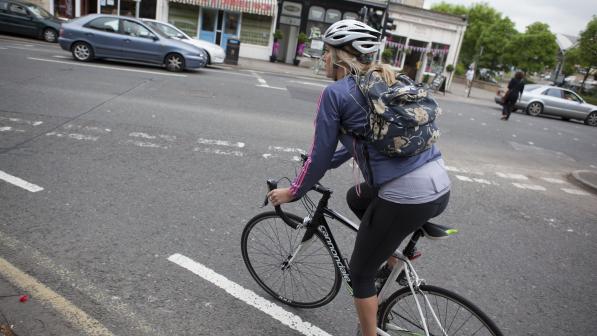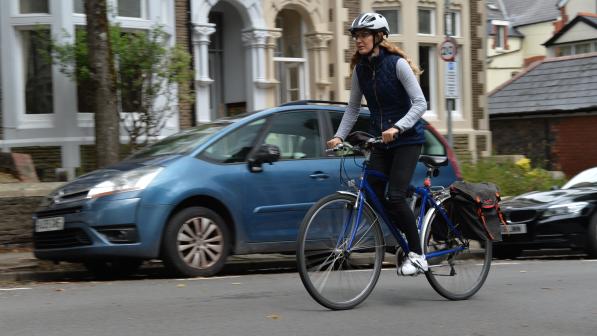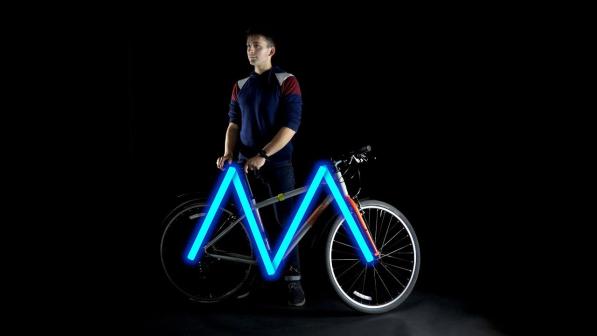A beginners’ guide to … road positioning for cycling

Knowing where to ride helps you stay visible, ride smoothly and enjoy your journey more. Whether you’re commuting, exercising or just out for fun, road positioning is important.
Why positioning matters
One of the first things new cyclists often assume is that they should stick close to the kerb. It feels polite, out of the way and maybe even safer. However, in reality, riding too close to the edge of the road can make things harder for you.
Being tucked into the gutter means dealing with potholes, drains, broken glass, uneven surfaces and other hazards that naturally collect at the road’s edge. It also puts you in a spot where drivers might not see you clearly.
Instead, riding a little further out helps you stay in the part of the road where drivers are more likely to notice you – the same place they look when steering their vehicles.
You are traffic
It’s helpful to remember that you’re not ‘in the way’ when you cycle in the road, you are part of the traffic. When you ride confidently and visibly, other road users are more likely to give you the space you need and treat you with the same consideration they give other vehicles.
In fact, drivers are obliged by the Highway Code (Rule 163) to give you “at least as much space as a car” when overtaking. That means that they should pull out, cross the central, dashed white line and pull in again when they are safely past – not squeeze past in the same lane.

Where should you ride?
There are two main positions you can use depending on the road and the situation:
1. The centre of the lane (the primary position)
This is when you ride in the middle of the lane, right where a car would be. It’s useful when the road is narrow, when you’re approaching junctions or roundabouts, or when you want to make sure you’re clearly seen.
Taking the lane, as this is sometimes called, gives you more room to avoid obstacles, makes your movements more predictable to drivers and often discourages risky overtaking.
2. About a metre from the edge of the road (the secondary position)
This is a good position for wider roads or when traffic can pass safely without needing to squeeze past. It still gives you room to steer around problems and keeps you visible – but it’s a little to the left of the main flow of traffic.
Whichever position you choose, the key is to ride where you feel comfortable and in control. Shifting between these positions is part of riding with awareness and confidence.
Building your confidence
With a bit of practice, road positioning becomes second nature. Start on quieter streets, get used to looking over your shoulder and signal your intentions clearly. Over time, you’ll find that the right road position helps you ride more smoothly, predictably and enjoyably.
Cycling is a great and fun way to get around. With good positioning and a bit of confidence, you can feel right at home on the road.





